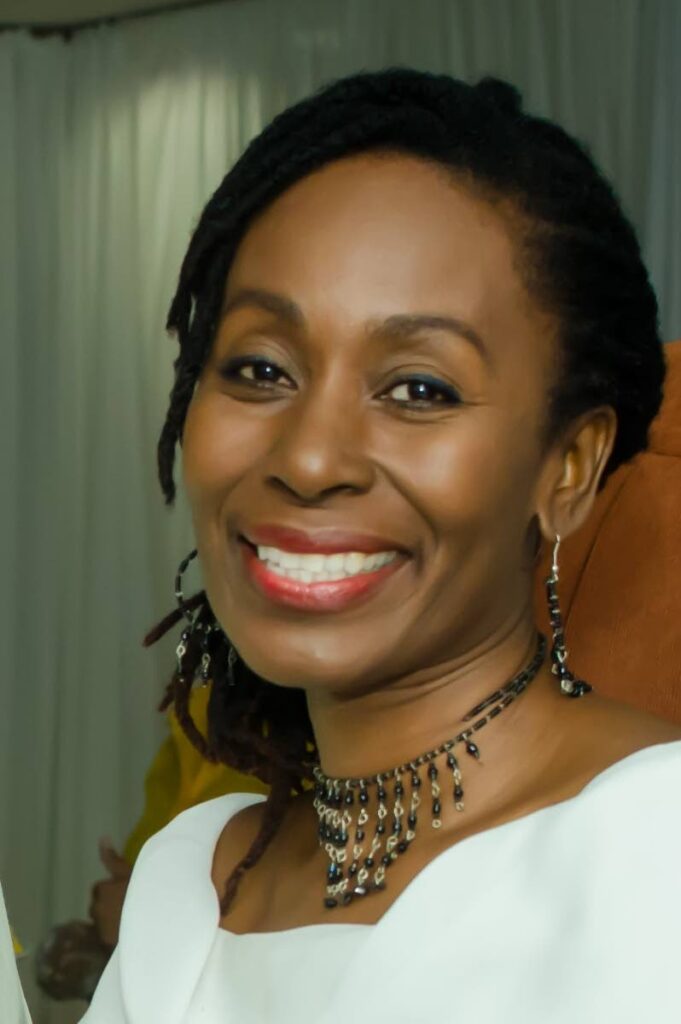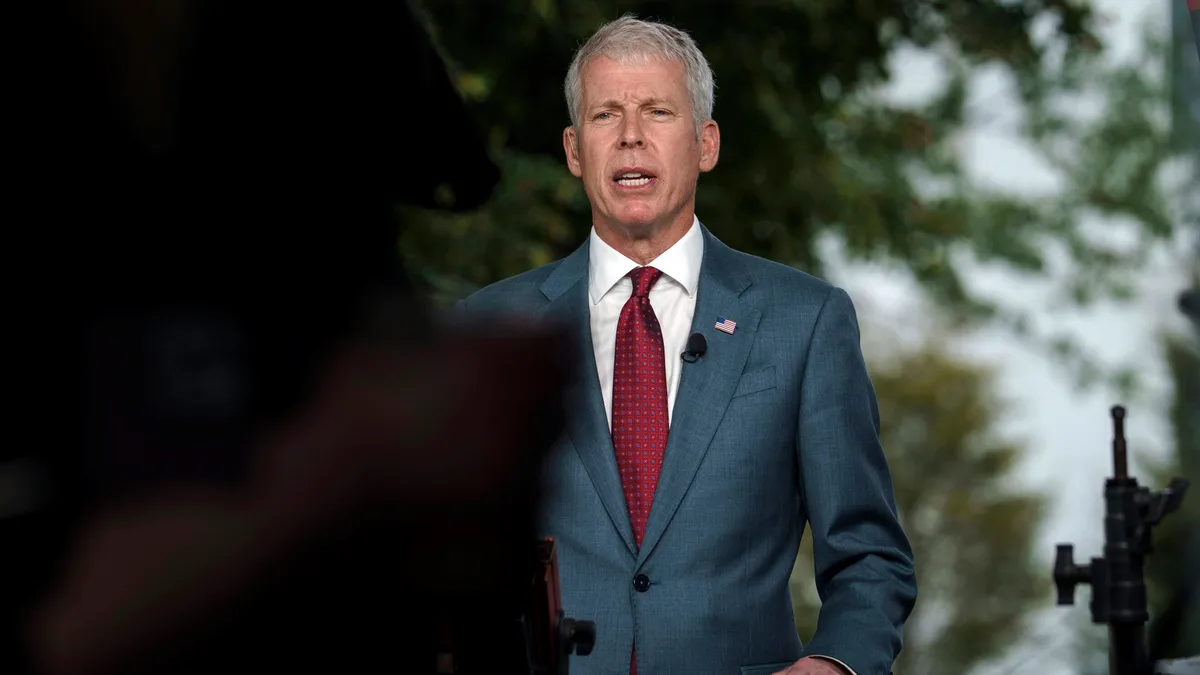By Dara Healy
Copyright newsday

DARA E HEALY
“It represents the band, the people in the band. The band is family so it comes like you’re representing your family. You are the head of the family…when you reach out there. It’s not about me, it’s about All Stars.”
– Rhonda Allick, flag
waver, Trinidad All Stars
THE NEWS of the passing of Valerie Green struck me. I felt empathy for the children who had lost their mother, but I also thought that another storehouse of information about our culture is gone.
In 1976, Lord Kitchener declared in Flag Woman – the song that earned him the Road March that year – that he “wouldn’t jump in a band unless it’s led by a flag woman.” In fact, throughout the entire song he connects what he calls the “pepper inside the band” to the rhythm and energy of the flag woman. Was Lord Kitchener right and is it time for us to pay more attention to this art form?
Rhonda Allick says yes. I met her this week at the Republic Day J’Ouvert event hosted by the Invaders Steel Orchestra. In talking with her, I found out that she waves the flag for the Fire Services Steel Orchestra (single pan) and other bands as well.
I asked her why she takes flag-waving so seriously, when it could easily be dismissed as just waving a flag. Her voice became very stern as she asserted, “I am a flag dancer. I am a member of a band and I take that very seriously. No matter what you do, you have to do it with respect.”
In listening to Lord Kitchener’s words, I realise that he viewed the ability to wave the flag as a legitimate skill. Yes, he thought that the flag-waver should be beautiful and sexy, but he also contended that “You have no band without an experienced flag woman.” In the song, he referred to it as her duty to keep the band going, recalling that the bands that played without a flag woman suffered from a rhythm that dragged.
I think it is impossible to understand what all the fuss is about unless you actually experience the power and responsibility that waving the flag in front of a steelband brings. I realised how difficult it was when I dared to wave the flag for Phase II a few years ago.
Rhonda emphasises that waving a flag requires considerable stamina and commitment. As we talked, she lamented that many of the young people waving flags on Republic Day did not seem to have these qualities. “You have to have the ability and the strength to pursue it. When the band leaves from the panyard, the flag is in the air. When no music is playing, that’s the only time I stop.”
Practical training and education are critical to bring greater attention to this skill and encourage more young people to become involved. Rhonda helped to facilitate a workshop hosted by All Stars two years ago to share information about the technique.
She is clear that the flag should not be dropped or dragged on the ground. This is interesting as there are similar rules about the kalinda (stick-fighting) stick, the drum and other aspects of our culture that are considered sacred or spiritual.
As Rhonda pointed out, because of technology and increased social media, everything we do is scrutinised. As such, emphasis should be on technique, rather than sexiness. “It is not about you, but the band.”
But it is also about strengthening nation building through culture and the arts. I discovered that there are legendary flag women connected to many of our steelbands, so it is crucial that we record their lives and contributions. Learning to wave the flag is part of our cultural heritage that we should document and take seriously. As I was turning around to talk to Rhonda, I jumped a little because I thought I saw Sterling (Henderson), who transitioned this week. I had last talked with him at the pan and powder event. At the time, he seemed in good spirits, smiling and enjoying the music.
Today, I honour his memory and commitment to his craft. I am also pleading again for better care of our creatives. Too many suffer silently and fade because their voices were silenced by a system not designed to recognise their worth.
Rest now, creative spirits. I see you.
Dara E Healy is a performing artist and founder of the Idakeda Group, a cultural organisation dedicated to empowering communities through the arts



